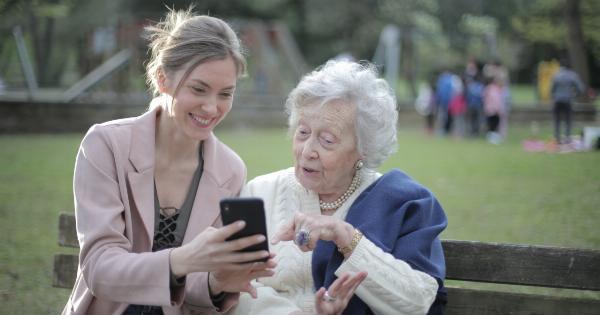Relationships can either be a source of joy or pain in a person’s life. While healthy relationships can bring out the best in people, unhealthy relationships lead to stress, heartbreak, and psychological damage.
When it comes to relationships, not all types are healthy. It is important to recognize the red flags early and take action before things escalate.
1. The Controlling Relationship
A relationship should be built on mutual trust, respect, and freedom. When one person tries to control the other, it becomes a red flag. A controlling relationship is one where someone restricts their partner’s behavior, thoughts, and communication.
They do this to gain power and control over the other person, either to feed their ego or to intimidate their partner.
Controlling behavior can manifest in different ways, such as monitoring the other person’s movements, making all the decisions, and criticizing everything they do.
A controlling partner can also isolate their partner from friends, family, and activities outside the relationship. This person may also use manipulation tactics like guilt, fear, or threats to keep their partner under their control.
In a controlling relationship, the partner being controlled may feel trapped, helpless, and powerless. They may lose their sense of self and become dependent on their partner, leading to isolation from other people.
The controlling partner, on the other hand, may become more possessive, jealous, and paranoid as the relationship progresses, leading to a toxic cycle of abuse and control.
2. The Codependent Relationship
A codependent relationship is defined as a relationship where two people are so involved with each other that they lose their own identity.
Codependency involves one person taking care of the other to the point of neglecting their own needs, feelings, and goals. This kind of relationship is unhealthy because one partner becomes overly dependent on the other, leading to an imbalanced power dynamic.
In a codependent relationship, one partner becomes the caregiver or the rescuer while the other becomes the victim or the needy one. The caregiver may feel responsible for the other person’s well-being and try to solve all their problems.
Meanwhile, the needy partner may become obsessed with the other person and feel helpless without them.
Codependency may stem from childhood experiences, such as a dysfunctional family or trauma, leading to a pattern of seeking out dependent relationships in adulthood.
In a codependent relationship, both partners may struggle with boundaries and the ability to express their own needs and feelings. The result is a toxic cycle of enabling and dependence, leading to emotional exhaustion, burnout, and resentment.
3. The Toxic Relationship
A toxic relationship is one that is filled with negativity, drama, and emotional abuse. In a toxic relationship, the partners may use each other as a punching bag, belittle and criticize each other, and disregard each other’s feelings.
This kind of relationship can be dangerous and damaging to both partners’ mental health and well-being.
Toxic relationships are characterized by a constant power struggle, where one partner tries to dominate and control the other with manipulation tactics like gaslighting, blame-shifting, and emotional blackmail.
The other partner may try to please the toxic partner, but nothing seems to be enough.
In a toxic relationship, both partners may lose their sense of boundaries, leading to emotional and physical abuse.
The victim may feel trapped and helpless, while the abuser may turn violent or threaten to harm themselves or their partner if the relationship ends.
What to do if you are in an unhealthy relationship
If you recognize any of these patterns in your relationship, it is important to take action. Here are some steps you can take:.
- Talk to a trusted friend or family member for support
- Seek professional help from a therapist or counselor
- Set boundaries and communicate your needs and feelings clearly
- Consider ending the relationship if it is not improving or becoming dangerous
Conclusion
Every relationship will have its ups and downs, but the three types mentioned above are never healthy. If you are experiencing any of these red flags, it is important to take action before things escalate.
Recognizing the signs early and seeking help if necessary can help you avoid the psychological damage that unhealthy relationships can cause.





























